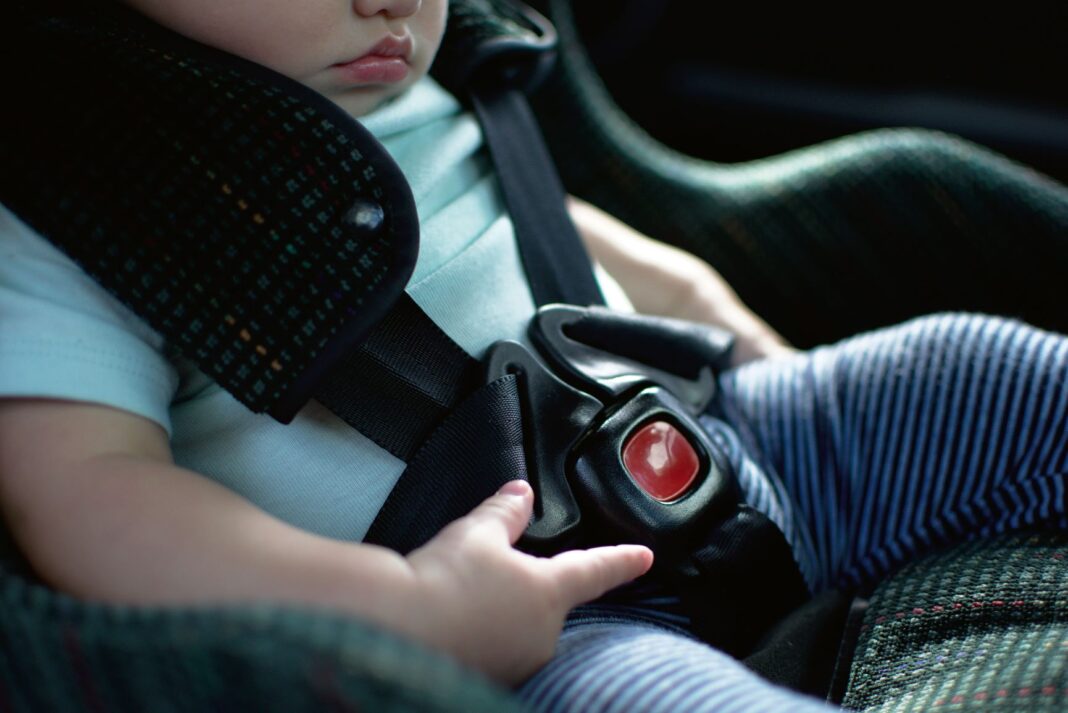From next year, parents and families will have a convenient, and environmentally sustainable, solution to dispose of their old, unwanted and potentially unsafe child car safety seats.
Announced on Wednesday 13 November, the newly formed SeatCare program has been formed to include key players across the lifecycle of child car safety seats, including manufacturers, automobile associations, Kidsafe, retailers and product stewardship specialists.
Equilibrium, sustainability and environmental management consultants, is co-designing and building the SeatCare program as an industry-led product stewardship scheme to deal with unwanted child car safety seats.
The program aims to divert in excess of 900 tonnes of waste away from landfill and back into the recycling stream. The materials recovered can be made into a range of products, including outdoor furniture and flooring, bollards, garden edging, retaining walls, posts and stakes.
It is intended to start rolling out collection sites by mid-2020, initially starting with 25 locations and expanding to 60 in both metropolitan and regional areas within two years, along with a number of accredited dismantling organisations and plastic and metal recyclers.
More than 1,400,000 new child car seats are sold annually in Australia with an estimated 200,000 disposed of each year, the majority going to landfill.
Equilibrium ran a trial in 2017 throughout Queensland, NSW and Victoria which collected 1,921 seats for recovery and recycling; 10,342kg of materials including plastic and steel were diverted from landfill.
When launched in 2020, the SeatCare program will accept: rear facing carriers; forward facing seats; booster seats; car seat and carrier frames; car seat and carrier strapping; and items that attach directly to the seat or carrier supported by the manufacturer.
Kidsafe ACT CEO Jes Chalmers welcomed the initiative and said it also provides an opportunity to remind families about the recommended lifespan of car seats.
According to Ms Chalmers, families should get rid of their car seats after 10 years as the material in car seats can degrade over time and become less able to protect a child in an accident.
“We’ve had some customers come to get seats checked or fitted and had some (seats) over 20 years old,” she said. “There’s a lack of knowledge about it.”
It is also recommended to replace car seats after an accident.
“Once you’ve been in an accident, they’ve done their job,” Ms Chalmers said.
If you are unsure about your car seat, Kidsafe ACT can help. They provide restraint checks and adjustments, and can also help to install child restraints for a fee.
For more information, visit kidsafeact.com.au or find @KidsafeACT on Facebook.
For more stories:



